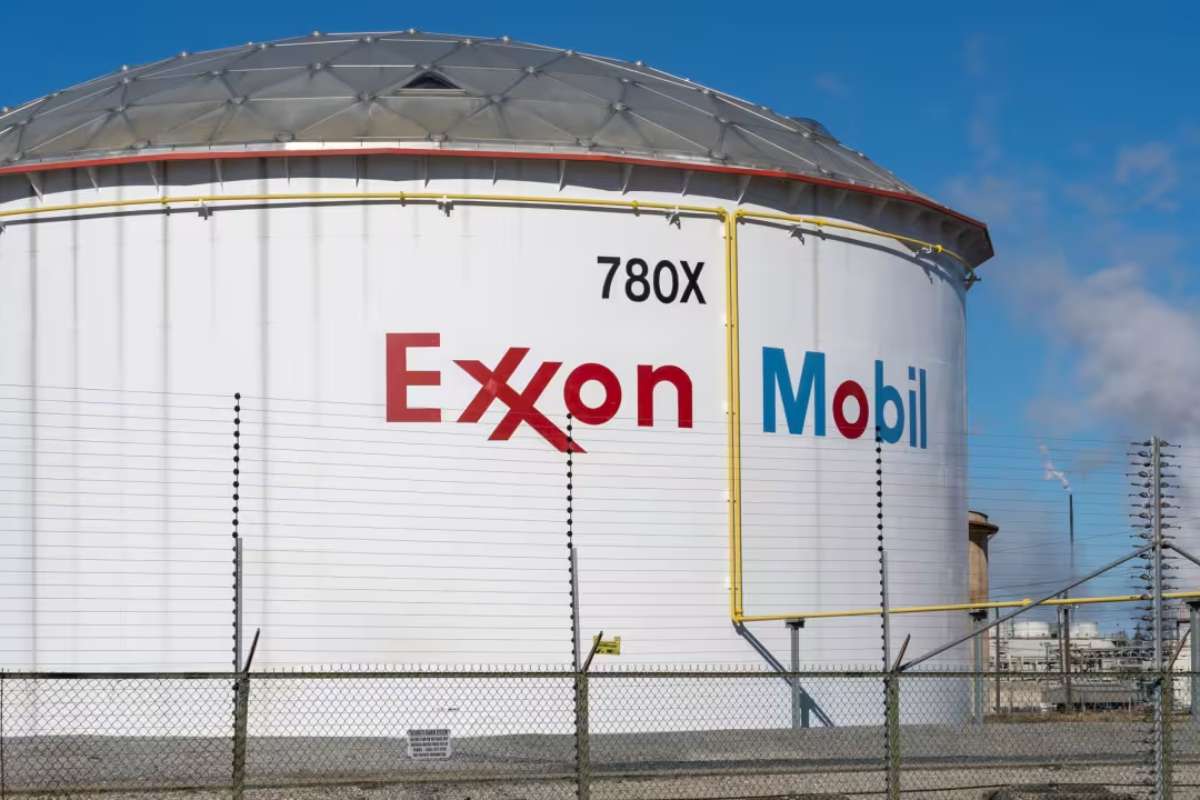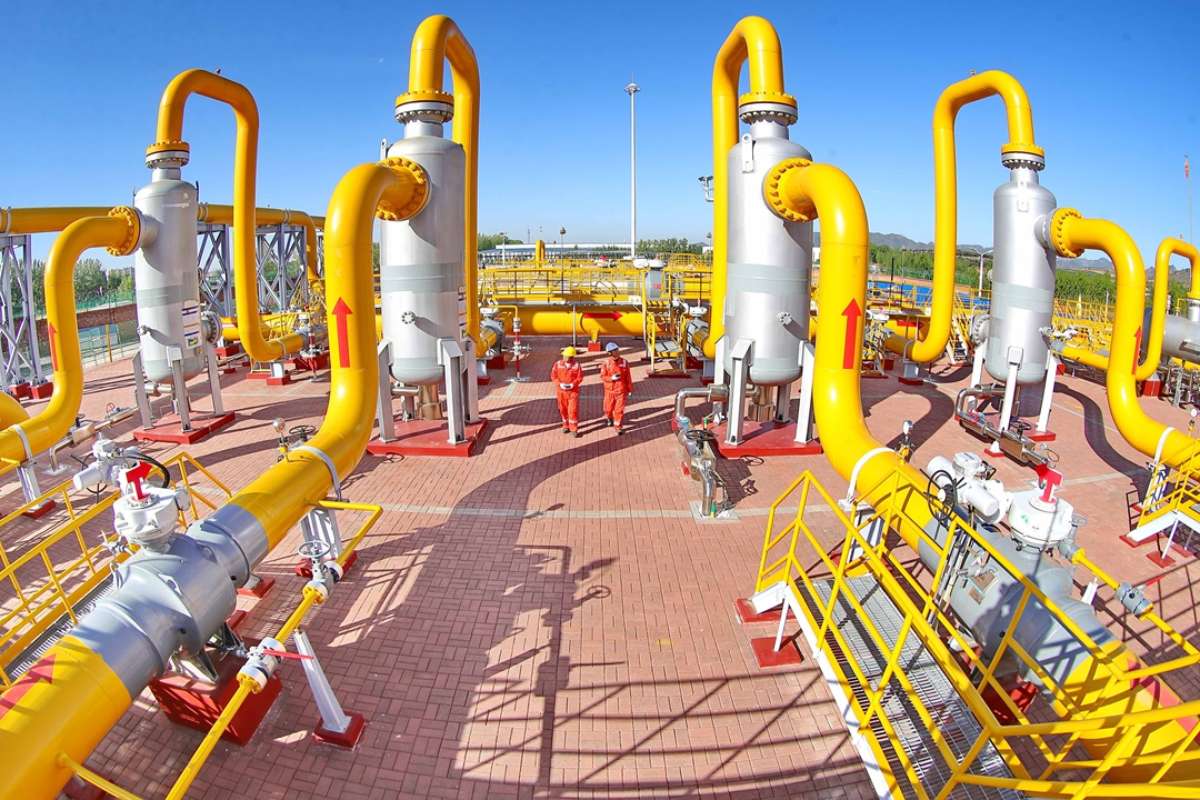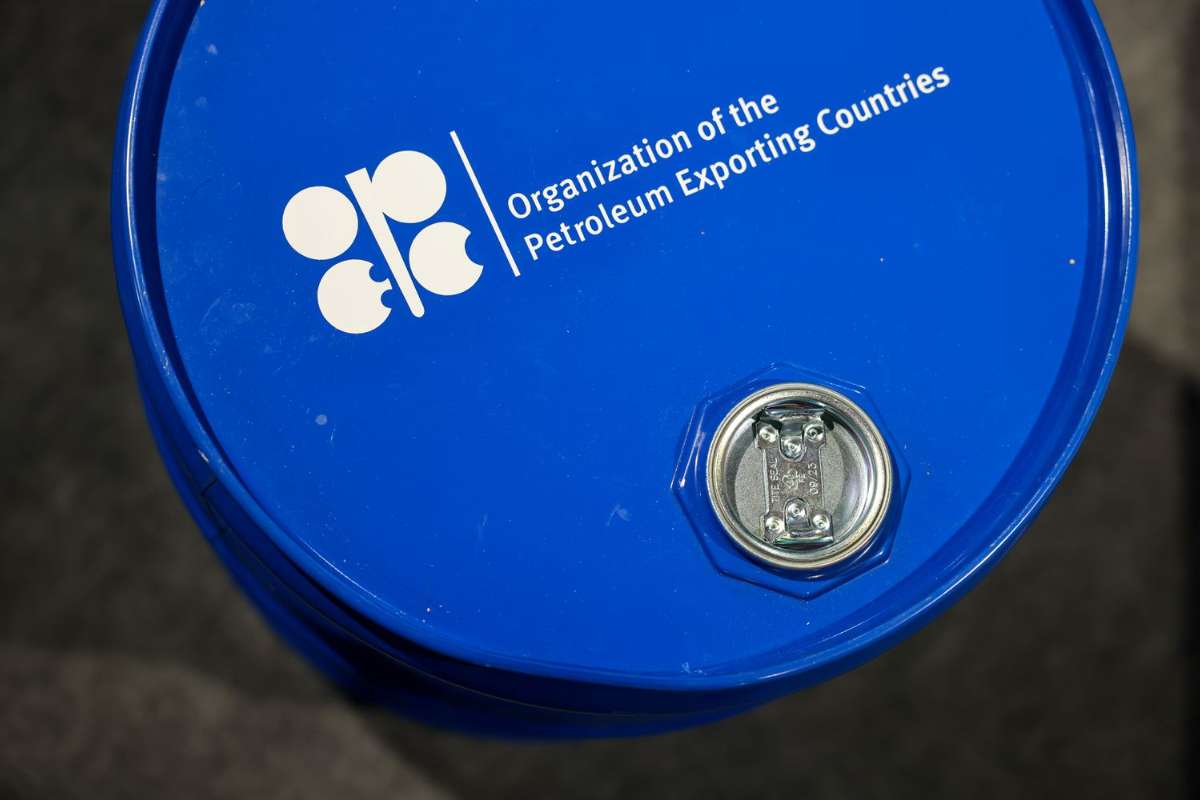The global electronic materials and chemicals market is poised for significant growth in the coming years, driven by the increasing demand for high-performance semiconductors and other electronic components. These materials play a pivotal role in the development of critical technologies such as smartphones, laptops, automotive electronics, and industrial automation systems. The market, valued at USD 74,679 million in 2023, is projected to reach USD 128,776.8 million by 2033, marking a compound annual growth rate (CAGR) of 5.6%. This growth is largely fueled by innovations in materials and chemicals that enhance the reliability and performance of electronic devices, supporting industries that are increasingly dependent on advanced technologies.
Key Drivers of Market Expansion
Several factors are contributing to the acceleration of the electronic materials and chemicals market. One of the most significant drivers is the rising demand for semiconductors, spurred by applications in artificial intelligence (AI), the Internet of Things (IoT), and automotive electronics. Additionally, the consumer electronics sector, particularly the increasing demand for smartphones, tablets, and wearable devices, is boosting the need for advanced materials. The rise of electric vehicles (EVs) and the expansion of renewable energy systems are also prompting investments in electronic materials to improve performance in energy storage and electronic control systems.
Advancements in 5G technology and the growing trend toward IoT devices are adding to the demand for specialized electronic components. As connectivity speeds improve, the need for high-quality materials used in semiconductor production is growing. Furthermore, the ongoing miniaturization of electronic components, as devices become smaller and more powerful, is pushing the innovation of new chemical formulations and materials to meet these demands.
Challenges and Future Trends
Despite the promising outlook, the electronic materials and chemicals market faces several challenges that could hinder growth. The high manufacturing costs associated with producing high-purity materials pose a significant barrier, particularly for smaller manufacturers. Additionally, the industry must navigate stringent environmental regulations, which dictate chemical usage, disposal, and sustainability measures. Global supply chain disruptions, exacerbated by geopolitical tensions, also threaten the stability of raw material availability and pricing.
Looking ahead, the market is likely to witness increased investment in research and development (R&D) as companies strive to meet the evolving demands of next-generation electronics. A major trend expected to shape the future of the industry is the growing focus on sustainable and eco-friendly materials, as manufacturers aim to reduce the environmental footprint of electronic production. Advancements in nanotechnology are also expected to revolutionize the market, with the development of nanoelectronics and next-generation semiconductors paving the way for more powerful and efficient devices.
Regional Market Analysis and Competitive Landscape
Asia Pacific remains the dominant region in the electronic materials and chemicals market, driven by semiconductor manufacturing hubs in countries such as China, South Korea, and Taiwan. The region’s rapid industrialization and strong consumer electronics demand are major contributors to market expansion. North America and Europe are also key players, with the United States benefiting from strong semiconductor research and government initiatives like the CHIPS Act, which supports domestic manufacturing. Europe is seeing steady growth, largely driven by investments in electric vehicles and renewable energy technologies.
The market is highly competitive, with major players including BASF SE, DuPont, Merck KGaA, Shin-Etsu Chemical, and Linde PLC. These companies are focusing on research and innovation to enhance product quality, sustainability, and market presence. Recent developments such as BASF’s investments in semiconductor materials and DuPont’s eco-friendly initiatives reflect the industry’s commitment to meeting the growing demand for advanced and sustainable electronic materials.
Visit Oil Gas Energy Magazine for the most recent information.












